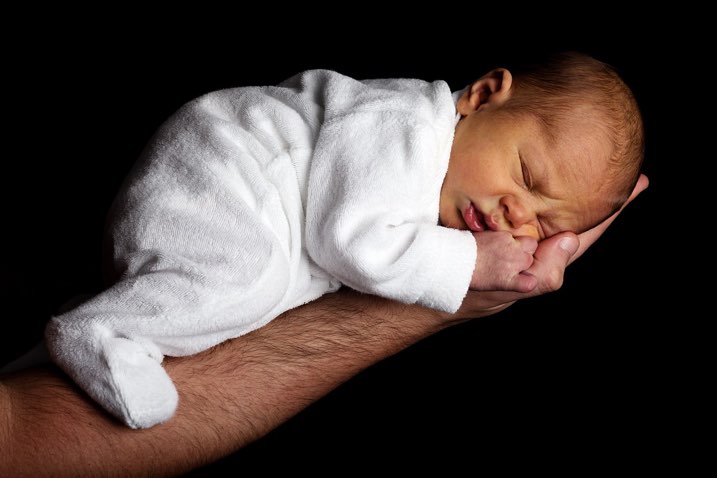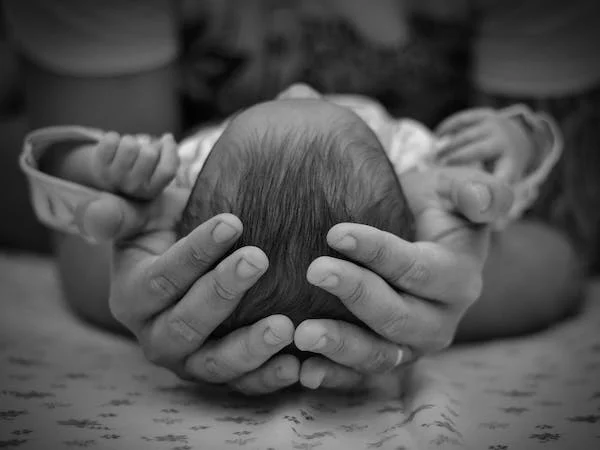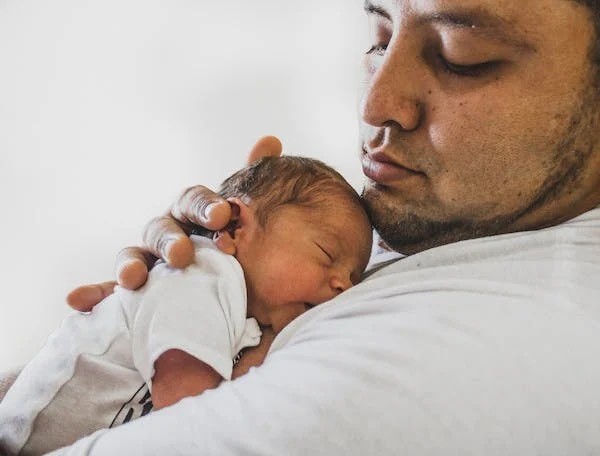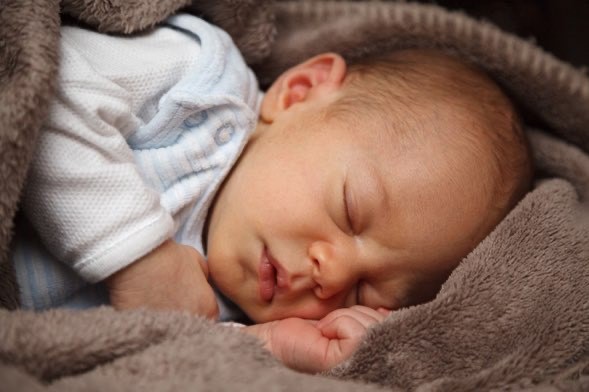“Will my newborn baby be OK if s/he has jaundice?” This is probably a typical template question most parents inquire of. Before going detail into this topic let us know first what is jaundice? And how can parents pick early jaundice symptoms in newborns? We will also talk over danger signs of jaundice in a baby.
WHAT IS JAUNDICE ?
.
The word Jaundice takes its root from an old French term ‘Jaunice’, which means ‘yellowness’ ( Jaune = yellow ).
Jaundice in lay man’s language is yellowish skin and sclera of eye ( white portion of eye ). This manifests due to excess production and accumulation of bilirubin in body.
Skin is visibly yellow when serum bilirubin level is over and above 5 mg/dl. It is above this level, when jaundice symptoms in newborns become apparent.
WHAT IF A NEWBORN GETS JAUNDICE?
Newborn is a period of first 28 days of life. What are the equations if a baby develops jaundice during this period?
Parents of such babies often get too anxious upon hearing the word ‘jaundice’. But the fact is jaundice in a baby and in an adult are way different from each other. The level of jaundice that necessitates treatment in adult might be considered normal for a baby.
Also in newborn jaundice is a common occurrence. Evidently 60% of all term babies ( mature babies ) develop jaundice within one week of life. In preterm baby ( premature baby ) jaundice is even more frequent, which is close to 80%.
Hence as a parent you should not panic. Instead you ought to be alert and aware to detect jaundice symptoms in newborns timely and consult a physician for further instruction
WHAT ARE JAUNDICE SYMPTOMS IN NEWBORNS ?
How can parents pick ?
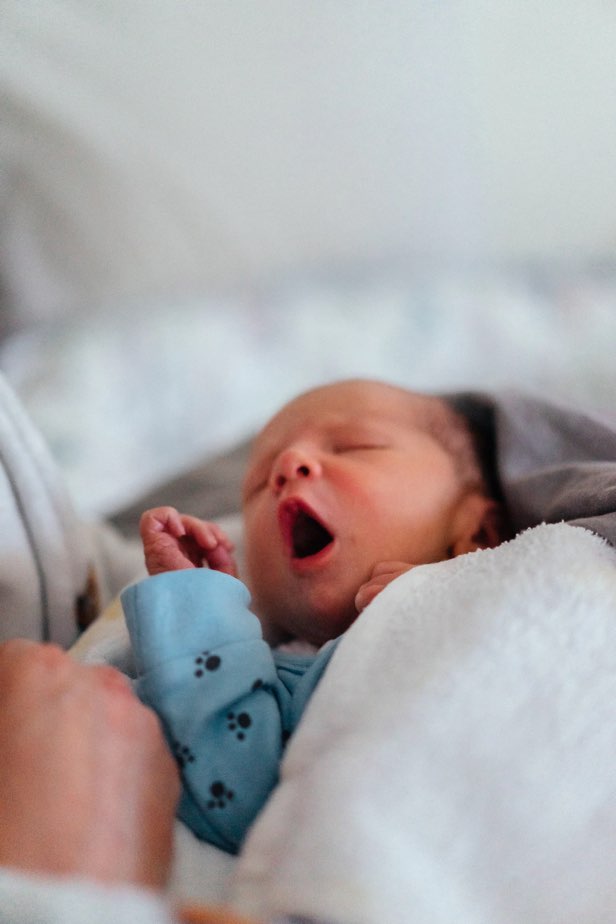
Parents recognising subtle signs of jaundice is crucial. So what does jaundice look like in newborns? Find out below.
Look at the white part of eye if it is tinted yellow or not.
The very first presentation of newborn jaundice is yellow eyes.
For a baby, colour of skin speaks volumes about its health. Normal skin of a baby is pink in colour.
In order to identify jaundice press the skin for few seconds till it blanches out. Now if skin looks yellow then jaundice is present.
For parents recognising jaundice looking at skin is tricky and may be missed. Easier way is to look at colour of urine.
If cloth/diaper stains dark yellow then it is a sign of jaundice. Thereby always use a soft and white cloth in babies as cloth diaper.
Caution
Clinician is the right person to asses baby for jaundice. S/he is trained to asses severity of jaundice. So do not try to self treat a jaundiced baby.
DO YOU KNOW, NEWBORNS ARE MORE SUSCEPTIBLE FOR JAUNDICE?
Red blood cells break down and produce bilirubin as byproduct. This bilirubin is afterwards processed in liver by conjugation process. It then is excreted through gut in stool.
Problem in newborns is that they have remarkably high RBC turnover than adults. Hence more bilirubin are produced in them. Also in them, liver is not mature enough to tackle excess bilirubin. This makes a newly born baby more vulnerable for jaundice.
PHYSIOLOGICAL VS PATHOLOGICAL JAUNDICE
Jaundice in babies are of 2 types, Physiological and Pathological jaundice. Knowing what type of jaundice a baby has is important for further course of action.
Below we will find out characteristics of both jaundice categories. We will also unfold, it takes how long for newborn jaundice to go away, in each type.
A. Physiological jaundice
Oft-times, jaundice is just a part of normal bodily process in babies. There is no underlying disease behind it. It is called as physiological jaundice.
Out of all newborn jaundice cases, around 75% are physiological. This kind of jaundice is harmless as rise in bilirubin here is mild to moderate. Over days physiological jaundice tones down on its own.
Physiological jaundice symptoms in newborns starts after 24 hours of life. Time frame of this jaundice is, in a term baby it begins on day 2 or 3 of life. Then peaks between day 3-5 and then subside by 2 weeks of life. In preterm it stays longer. Jaundice here peaks between day 3-7 and takes roughly 3 weeks to subside.
If a baby has physiological jaundice, as in most cases, then no need to worry. Physiological jaundice doesn’t need any treatment, but just a careful watch for its progression.
B. Pathological jaundice
When jaundice comes up in a newborn, and there is a definite disease causing it, then it is called pathological jaundice. It accounts for approximately 25% of all jaundice cases.
Pathological jaundice characteristically develops within first 24 hours of life. The level of bilirubin here is high. In addition the rate of progression of jaundice is also very fast.
At times jaundice starts unfolding after 2 weeks of life. This is often due to an underlying illness. This jaundice shows up late, hence also called prolonged jaundice. It is pathological too.
Pathological jaundice demands treatment. There is a separate blog post “WHAT CAUSES JAUNDICE IN A NEW BORN”. There we have discussed in detail, about what could be the causes of pathological jaundice and explained those individually.
WHAT IS BILIRUBIN TOXICITY? WHAT IS “BIND”?
In severe and untreated jaundice, bilirubin crosses blood-brain-barrier and enters brain. Here it damages nerve cells and incurs jaundice related brain disorder i.e. bilirubin encephalopathy.
In medical term it is better known as “BIND”( Bilirubin-induced neurologic dysfunction ).
This high bilirubin level can have acute effect, that reveals immediately. Also it can damage some nerve cells permanently causing chronic or long term impairment of brain function, hearing etc. In such case, child may be crippled for life. This is the most dreadful side effect of jaundice in newborns.
However because of technically advanced treatment options available currently, cases with severe jaundice symptoms like bilirubin encephalopathy, have dropped down significantly.
DANGER SIGNS IN A NEWBORN BABY HAVING JAUNDICE.
There are few danger signs if present in a jaundiced baby then it needs immediate attention. These are listed below.
- Poor feeding and excess sleepiness
- Palm and sole are yellow
- Decreased urine output
- White stool
- Fever
- Inconsolable excessive cry
- Flabby muscles
- Too tight limbs
- Backward arching with neck drawn continuously backward.
If a baby has an elder sibling who received intensive phototherapy or exchange transfusion then be vigilant for this baby as well. Some diseases like G6PD deficiency run in family and common in particular ethnic races. In that case update your physician prior so as to be cautious.
If any of these danger signs exists, then consult a paediatrician without any further delay.
WHAT CAN YOU DO AS PARENT WHEN BABY GETS JAUNDICE?
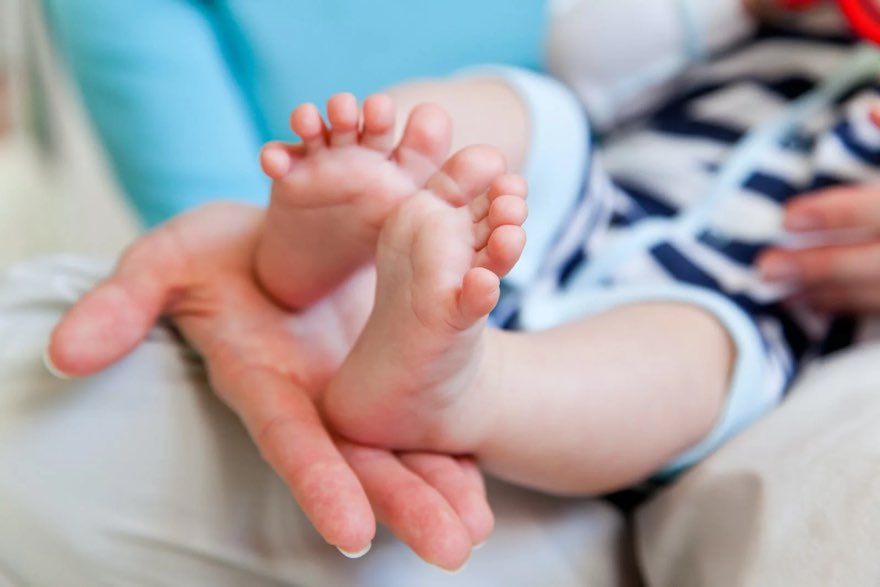
Following things you can do as a parent if you found out that baby is jaundiced.
- Do not panic; just stay calm.
- Continue feeding the baby at routine interval
- Bring baby to a paediatrician for visual inspection
- If doctor feels like jaundice level need to be checked s/he will advise to do test.
- If it is in treatment range then comply with treatment process advised by doctor.
- If jaundice is mild then keep baby for 5-10 mins daily in early morning sunlight ( and not scorching sun )
Often feeding related issues give rise to jaundice. Hence check with a gynecologist if any breast or nipple related issue is there. If milk is less then take necessary measures prescribed by consulting physician to optimise milk production.
MYTHS AROUND JAUNDICE IN A NEWBORN
One such myth around jaundice is, if mother takes yellow coloured food items then jaundice in baby will deepen. This theory is as ridiculous and illogical as it sounds. Yellow food doesn’t produce bilirubin.
Some people think that giving sugared water to jaundice baby reduces it. Which is utterly false. This will instead harm the baby.
One more myth is if baby wears yellow clothes then will develop jaundice. Yellow outfit has nothing to do with jaundice pathology and development. But yes, reflection of yellow clothes can mask jaundice, and makes it difficult to catch.
IMPRTANCE OF FIRST 48 HOURS OF LIFE
WHO (World Health Organisation) suggests that every baby should be examined by physician at least at 12 hour intervals till baby stays in hospital. Monitoring for first 48 – 72 hours is crucial.
At end of 48 – 72 hours serum bilirubin level should be measured.
Conclusion
I hope this article helps parents to pick jaundice symptoms in newborns. at preliminary stage. This is also a guide for parents on what to do and what to avoid.
Put your opinion and queries in comment box below. Give your necessary suggestions regarding any topic related to child health, which you would like to read.
Share this article with your near and dear ones if you find this informative.
Caution
All the informations provided here are for educational and awareness purpose only. Kindly do not use these as alternative to medical consultation.

